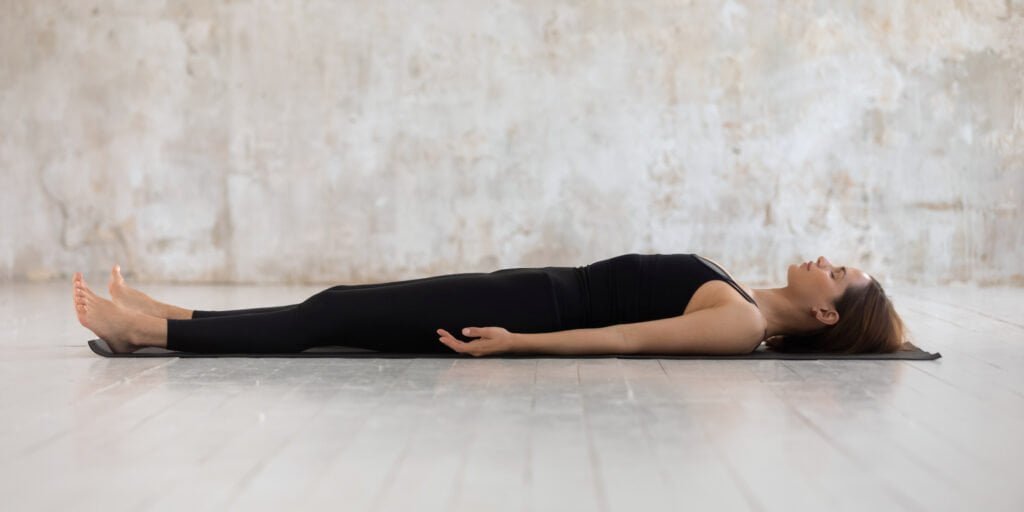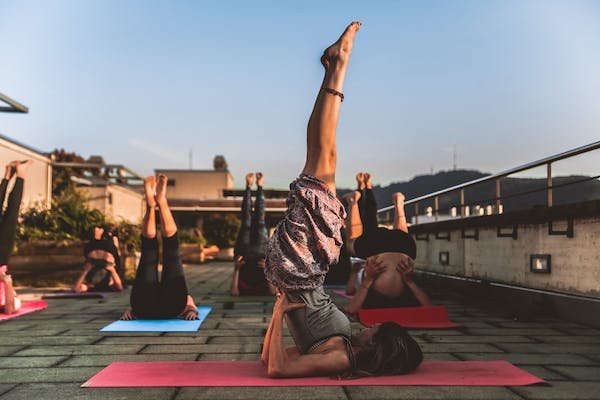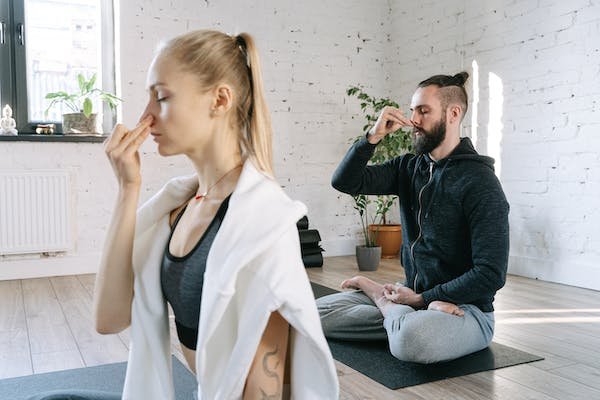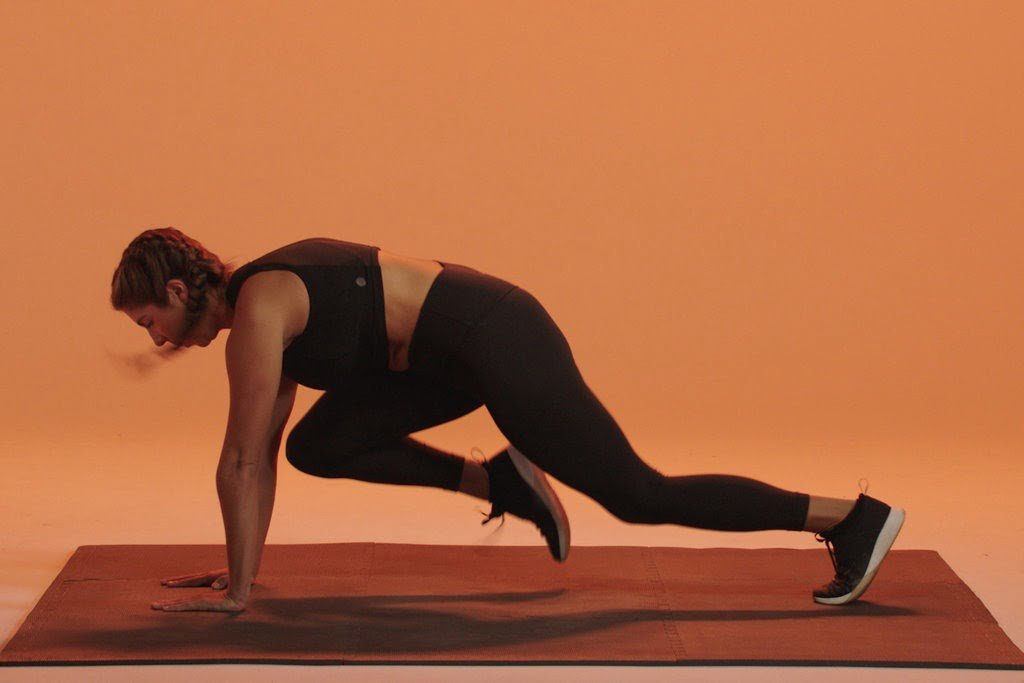Positive thinking can help us overcome fears and take up new challenges. Positive Thinking helps us to achieve our dreams, continue working hard towards achieving success and live a happy life with a positive mindset. Start the day with a morning routine Say positive affirmations, smile often and think about the tasks to be accomplished during the day. Feed the mind with positivity, read motivating books, listen to music with uplifting lyrics, watch inspiring movies, etc.
Here Are Some Tips For Positive Thinking…
Be Proactive:
A proactive person decides how one must feel regardless of what may be going around or what the day may bring. Focus on constructive and positive things. Do not approach life with ‘problems’. Approach it with ‘solutions’.
Learn from failures
Think about what could have been better and work towards the goals. In order to grow personally and professionally, it is vital to learn from failures. Failures offer valuable chances to reflect, analyze, and make improvements. They should not be seen as signs of incompetence or weakness, but rather as natural components of the learning process. By wholeheartedly accepting failure and considering it an opportunity for growth, valuable lessons can be derived from the experience. It is crucial to dedicate time towards analyzing the causes of the failure, identifying contributing factors, and evaluating one’s own role in the situation. This thorough analysis can lead to the identification of areas where improvements are
Learn to focus on the present:
Negativity mostly stems from the anxiety of past and future events. Developing the ability to stay present is a beneficial skill that contributes to your happiness, productivity, and overall life satisfaction. To anchor yourself in the present, try engaging in activities like meditation, deep breathing exercises, or simply observing your surroundings. Avoid dwelling on past mistakes, regrets, or missed opportunities, as they can prevent you from focusing on the present.
Move towards your goals and dreams:
Be cheerful and work hard to achieve your objectives. Wholeheartedly embrace the path that lies ahead, as every step you take brings you closer to the realization of your aspirations and the fulfilment of your deepest desires. Allow your passion to ignite a spark within you, igniting a fire that drives you forward with unwavering enthusiasm towards your goals and dreams
Some More Techniques That Can Help You To Maintain A Positive Outlook In The Long Run:
Physical Exercise And Fresh Air:
Following a healthy lifestyle is essential for students. Practising yoga, meditation and deep breathing exercises help improve blood circulation and relax the body. Taking a walk or playing in the park helps one to get a lot of fresh air, which helps in becoming more active.

Healthy Diet:
A healthy and balanced diet is essential for a healthy body and mind. Eating a balanced diet, such as daal, roti, green vegetables and fruits provides the strength required to do daily work efficiently.

Organise Academic Life:
By keeping class notes organised, completing assignments on time and keeping track of all deadlines, stress can be reduced to a great extent. When you are not stressed, you can channel your mind to achieve your goals.

Adequate Sleep:
A good night’s sleep for at least seven hours is important so that the mind and body can get recharged to function better the next day

Holidays With Family And Friends:
Visiting a relative’s place, such as a grandparents’ house or a new place during summer vacation can help one break the the monotonous normal routine and come back refreshed.

A positive attitude is of immense value in a student’s life. There are various situations that the student will encounter in life, wherein staying positive will keep the child going. The most common example would be during exam results. At times, a student does not get the desired result in exams. But it is important not to lose hope, accept the result gracefully and work harder with a positive attitude for the next exam.
Even during an interview for a dream job, a candidate may not get selected in the first attempt. However, with a positive attitude and persistent efforts, all dreams can be achieved. Thus, it becomes imperative for a child to learn to practise a positive attitude in life at all times.
What Is Stress And How To Manage It?

Stress is a state of feeling upset, annoyed and hopeless. There are times when we feel nothing is working right, we are not able to achieve our goals and feel hopeless. During such times, if we manage and control our emotions, it helps us to sail through. Some of the ways to manage stress are given below
- Stay positive and analyse what is going wrong in a certain situation. Resolving the situation is easy once understood.
- Maintain an accomplishment sheet and enter even small achievements.
- Keep your thoughts in present. Pondering over past issues makes us feel upset and helpless.
- Talk to friends and family for comfort.
- Practise meditation and yoga.
- Whenever you feel negative thoughts are taking over, take a look at your accomplishment sheet.
By managing stress effectively and maintaining a positive attitude, one can overcome any challenge and achieve heights in career. Managing stress effectively helps one maintain a healthy work-life balance.














